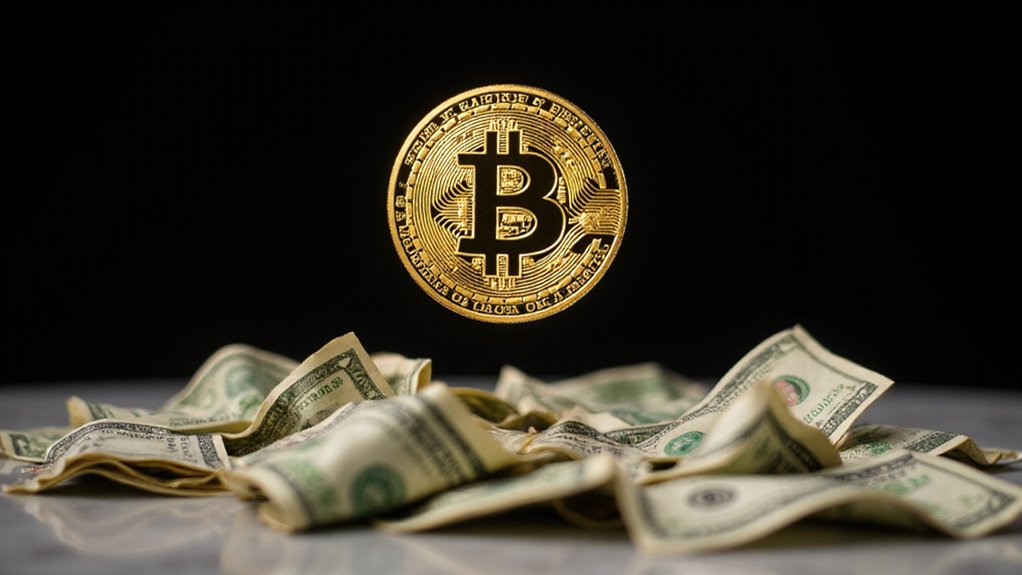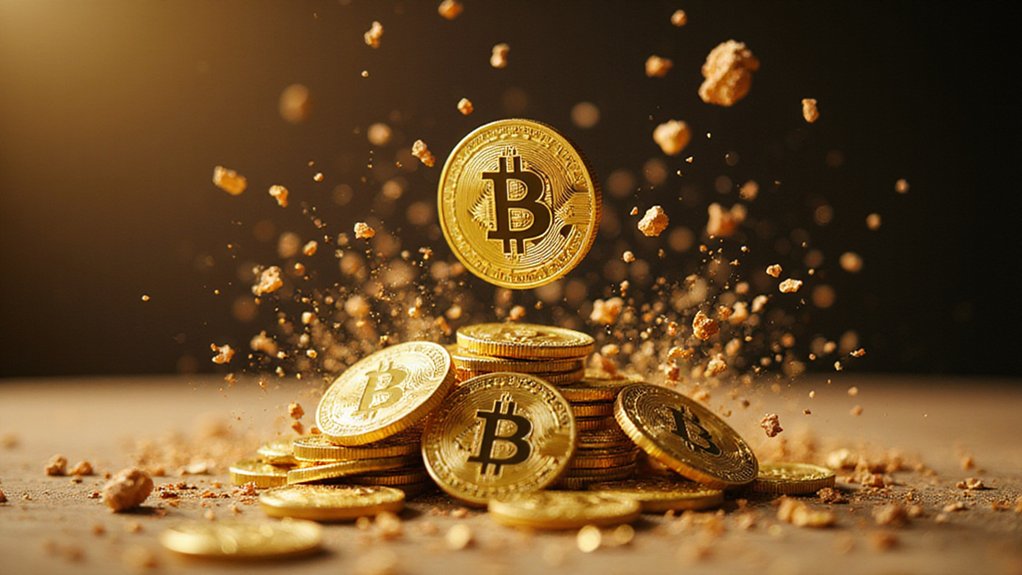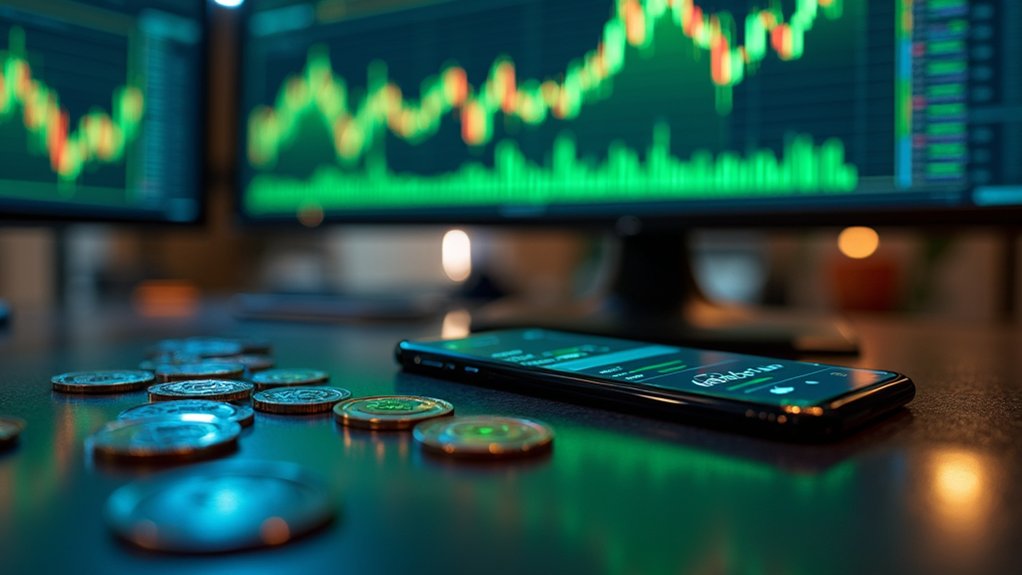How fitting that Robert Kiyosaki, the “Rich Dad, Poor Dad” author who has spent decades warning about financial bubbles while simultaneously advocating for Bitcoin, now finds himself sounding the alarm about his beloved cryptocurrency’s potential demise.
Kiyosaki’s latest prognostication arrives with Bitcoin recently kissing $123,000 before retreating to $118,000—a correction that has long-term holders booking profits faster than Treasury yields climbing toward unsustainable heights.
The financial educator, who built his reputation identifying economic fragilities, now sees Bitcoin trapped within what he colorfully terms the “banana zone”—that precarious territory where speculative frenzy meets mathematical inevitability.
The irony proves delicious: an asset class championed as a hedge against fiat currency debasement now faces collapse due to the very monetary policies it was designed to circumvent.
With U.S. national debt exceeding $37 trillion and inflation refusing to cooperate with Federal Reserve projections, Kiyosaki identifies the structural weaknesses that could trigger cascading asset price collapses.
Mounting fiscal pressures and stubborn inflation create the perfect storm for widespread asset price deterioration across multiple markets.
Expert consensus suggests Bitcoin may reach $145,000 by year-end 2025, with potential peaks near $162,000—though bearish forecasts whisper of $70,000 lows before any recovery materializes.
Such volatility reflects the uncomfortable reality that institutional adoption hasn’t eliminated Bitcoin’s fundamental price discovery challenges. Price fluctuations in crypto markets regularly exceed those that would trigger circuit breakers in traditional stock exchanges, highlighting the extreme nature of cryptocurrency volatility.
Yet Kiyosaki, ever the contrarian investor, frames potential collapse as opportunity rather than catastrophe.
His perspective aligns with historical Bitcoin bubble behavior: steep corrections followed by eventual recovery, with each cycle creating new baseline valuations.
The current profit-taking by whales and retail FOMO suggest market dynamics remain unchanged despite cryptocurrency’s mainstream acceptance.
Market sentiment remains bifurcated—surveyed experts consider Bitcoin undervalued relative to long-term projections exceeding $450,000 by 2030, while rising Treasury yields and persistent economic uncertainty fuel correction expectations. Current market indicators show the Fear & Greed Index standing at a concerning 32 Fear level, reflecting widespread investor anxiety about potential downside risk.
The disconnect between optimistic projections and immediate bubble warnings illustrates cryptocurrency’s perpetual identity crisis: revolutionary financial technology or speculative vehicle dependent on traditional monetary policy failures?
Kiyosaki’s bubble alert ultimately reflects broader questions about asset valuation in an era of unprecedented fiscal expansion.
Whether Bitcoin crashes or soars, the underlying economic fragilities he identifies remain unaddressed—ensuring future opportunities for both prophets and profits.









